VAT Calculator
What is the meaning of VAT?
A value-added tax (VAT or V.A.T.), known in some countries as a goods and services tax (GST), is a type of tax that is assessed incrementally. It is levied on the price of a product or service at each stage of production, distribution or sale to the end consumer. If the ultimate consumer is a business which collects and pays to the government VAT on its products or services, it can reclaim the tax paid. It is similar to and is often compared to a sales tax.
VAT essentially compensates for the shared service and infrastructure provided in a certain locality by a state and funded by its taxpayers that were used in the provision of that product or service. Not all localities require VAT to be charged, and exports are often exempt. VAT is usually implemented as a destination-based tax, where the tax rate is based on the location of the consumer and applied to the sales price. The terms VAT, GST, and the more general consumption tax are sometimes used interchangeably. VAT raises about a fifth of total tax revenues both worldwide and among the members of the Organisation for Economic Co-operation and Development (OECD). As of 2018, 166 of the 193 countries with full UN membership employ a VAT, including all OECD members except the United States, where many states use a sales tax system instead.
There are two main methods of calculating VAT: the credit-invoice or invoice-based method, and the subtraction or accounts-based method. Using the credit-invoice method, sales transactions are taxed, with the customer informed of the VAT on the transaction, and businesses may receive a credit for VAT paid on input materials and services. The credit-invoice method is the most widely employed method, used by all national VATs except for Japan. Using the subtraction method, at the end of a reporting period, a business calculates the value of all taxable sales then subtracts the sum of all taxable purchases and the VAT rate is applied to the difference. The subtraction method VAT is currently only used by Japan, although subtraction method VATs, often using the name "flat tax", have been part of many recent tax reform proposals by US politicians. With both methods, there are exceptions in the calculation method for certain goods and transactions, created for either pragmatic collection reasons or to counter tax fraud and evasion.
History
A 2017 study found that the adoption of VAT is strongly linked to countries with corporatist institutions.
Germany and France were the first countries to implement VAT, doing so in the form of a general consumption tax during World War I. The modern variation of VAT was first implemented by France in 1954 in Ivory Coast (Côte d'Ivoire) colony. Recognizing the experiment as successful, the French introduced it in 1958. Maurice Lauré, Joint Director of the France Tax Authority, the Direction Générale des Impôts implemented the VAT on 10 April 1954, although German industrialist Wilhelm von Siemens proposed the concept in 1918. Initially directed at large businesses, it was extended over time to include all business sectors. In France it is the most important source of state finance, accounting for nearly 50% of state revenues.
Overview
The amount of VAT is decided by the state as a percentage of the price of the goods or services provided. As its name suggests, value-added tax is designed to tax only the value added by a business on top of the services and goods it can purchase from the market.
To understand what this means, consider a production process (e.g., take-away coffee starting from coffee beans) where products get successively more valuable at each stage of the process. Each VAT-registered company in the chain will charge VAT as a percentage of the selling price, and will reclaim the VAT paid to purchase relevant products and services; the effect is that net VAT is paid on the value added. When an end-consumer makes a purchase subject to VAT—which is not in this case refundable—they are paying VAT for the entire production process (e.g., the purchase of the coffee beans, their transportation, processing, cultivation, etc.), since VAT is always included in the prices.
The VAT collected by the state from each company is the difference between the VAT on sales and the VAT on purchase of goods and services upon which the product depends, i.e., the net value added by the company.
Implementation
The standard way to implement a value-added tax involves assuming a business owes some fraction on the price of the product minus all taxes previously paid on the good.
By the method of collection, VAT can be accounts-based or invoice-based. Under the invoice method of collection, each seller charges VAT rate on his output and passes the buyer a special invoice that indicates the amount of tax charged. Buyers who are subject to VAT on their own sales (output tax) consider the tax on the purchase invoices as input tax and can deduct the sum from their own VAT liability. The difference between output tax and input tax is paid to the government (or a refund is claimed, in the case of negative liability). Under the accounts based method, no such specific invoices are used. Instead, the tax is calculated on the value added, measured as a difference between revenues and allowable purchases. Most countries today use the invoice method, the only exception being Japan, which uses the accounts method.
By the timing of collection, VAT (as well as accounting in general) can be either accrual or cash based. Cash basis accounting is a very simple form of accounting. When a payment is received for the sale of goods or services, a deposit is made, and the revenue is recorded as of the date of the receipt of funds—no matter when the sale had been made. Cheques are written when funds are available to pay bills, and the expense is recorded as of the cheque date—regardless of when the expense had been incurred. The primary focus is on the amount of cash in the bank, and the secondary focus is on making sure all bills are paid. Little effort is made to match revenues to the time period in which they are earned, or to match expenses to the time period in which they are incurred. Accrual basis accounting matches revenues to the time period in which they are earned and matches expenses to the time period in which they are incurred. While it is more complex than cash basis accounting, it provides much more information about your business. The accrual basis allows you to track receivables (amounts due from customers on credit sales) and payables (amounts due to vendors on credit purchases). The accrual basis allows you to match revenues to the expenses incurred in earning them, giving you more meaningful financial reports.
Registration
In general, countries that have a VAT system require most businesses to be registered for VAT purposes. VAT registered businesses can be natural persons or legal entities, but countries may have different thresholds or regulations specifying at which turnover levels registration becomes compulsory. VAT-registered businesses are required to add VAT on goods and services that they supply to others (with some exceptions, which vary by country) and account for the VAT to the taxing authority, after deducting the VAT that they paid on the goods and services they acquired from other VAT-registered businesses.
Comparison with Income Tax
Like an income tax, VAT is based on the increase in value of a product or service at each stage of production or distribution. However, there are some important differences:
- A VAT is usually collected by the end retailer. Therefore, even though VAT is actually incurred by all stages of production and distribution, it is frequently compared to a sales tax.
- A VAT is usually a flat tax.
- For VAT purposes, an importer is assumed to have contributed 100% of the value of a product imported from outside of the VAT zone. The importer incurs VAT on the entire value of the product, and this cannot be refunded, even if the foreign manufacturer paid other forms of income tax. This is in contrast to the US income tax system, which allows businesses to expense costs paid to foreign manufacturers. For this reason, VAT is often considered by US manufacturers to be a trade barrier, as further discussed below.
Comparison with Sales Tax
This section needs additional citations for verification. Please help improve this article by adding citations to reliable sources. Unsourced material may be challenged and removed. (January 2019) (Learn how and when to remove this template message)
Value-added tax avoids the cascade effect of sales tax by taxing only the value added at each stage of production. For this reason, throughout the world, VAT has been gaining favor over traditional sales taxes. In principle, VAT applies to all provisions of goods and services. VAT is assessed and collected on the value of goods or services that have been provided every time there is a transaction (sale/purchase). The seller charges VAT to the buyer, and the seller pays this VAT to the government. If, however, the purchasers are not the end users, but the goods or services purchased are costs to their business, the tax they have paid for such purchases can be deducted from the tax they charge to their customers. The government only receives the difference; in other words, it is paid tax on the gross margin of each transaction, by each participant in the sales chain.
In many developing countries such as India, sales tax/VAT are key revenue sources as high unemployment and low per capita income render other income sources inadequate. However, there is strong opposition to this by many sub-national governments as it leads to an overall reduction in the revenue they collect as well as of some autonomy.
A general economic idea is that if sales taxes are high enough, people start engaging in widespread tax evading activity (like buying over the Internet, pretending to be a business, buying at wholesale, buying products through an employer etc.). On the other hand, total VAT rates can rise above 10% without widespread evasion because of the novel collection mechanism. However, because of its particular mechanism of collection, VAT becomes quite easily the target of specific frauds like carousel fraud, which can be very expensive in terms of loss of tax incomes for states.
In theory, sales tax is normally charged on end users (consumers). The VAT mechanism means that the end-user tax is the same as it would be with a sales tax. The main disadvantage of VAT is the extra accounting required by those in the middle of the supply chain; this is balanced by the simplicity of not requiring a set of rules to determine who is and is not considered an end user. When the VAT system has few, if any, exemptions such as with GST in New Zealand, payment of VAT is even simpler.
Examples
Consider the manufacture and sale of any item, which in this case is a widget. In what follows, the term "gross margin" is used rather than "profit". Profit is the remainder of what is left after paying other costs, such as rent and personnel costs.
Without any Tax
- A widget manufacturer, for example, spends $1.00 on raw materials and uses them to make a widget.
- The widget is sold wholesale to a widget retailer for $1.20, leaving a gross margin of $0.20.
- The widget retailer then sells the widget to a widget consumer for $1.50, leaving a gross margin of $0.30.
With a Sales Tax
With a 10% sales tax:
- The manufacturer spends $1.00 for the raw materials, certifying it is not a final consumer.
- The manufacturer charges the retailer $1.20, checking that the retailer is not a consumer, leaving the same gross margin of $0.20.
- The retailer charges the consumer ($1.50 x 1.10) = $1.65 and pays the government $0.15, leaving the gross margin of $0.30.
So the consumer has paid 10% ($0.15) extra, compared to the no taxation scheme, and the government has collected this amount in taxation. The retailers have not paid any tax directly (it is the consumer who has paid the tax), but the retailer has to do the paperwork in order to correctly pass on to the government the sales tax it has collected. Suppliers and manufacturers have the administrative burden of supplying correct state exemption certifications, and checking that their customers (retailers) are not consumers. The retailer must verify and maintain these exemption certificate. In addition, the retailer must keep track of what is taxable and what is not along with the various tax rates in each of the cities, counties and states for the 35,000 plus various taxing jurisdictions.
A large exception to this state of affairs is online sales. Typically if the online retail firm has no nexus (also known as substantial physical presence) in the state where the merchandise will be delivered, no obligation is imposed upon the retailer to collect sales taxes from "out-of-state" purchasers. Generally, state law requires that the purchaser report such purchases to the state taxing authority and pay the use tax, which compensates for the sales tax that is not paid by the retailer.
With a Value-Added Tax
With a 10% VAT:
- The manufacturer spends ($1 x 1.10) = $1.10 for the raw materials, and the seller of the raw materials pays the government $0.10.
- The manufacturer charges the retailer ($1.20 x 1.10) = $1.32 and pays the government ($0.12 minus $0.10) = $0.02, leaving the same gross margin of ($1.32 – $1.10 – $0.02) = $0.20.
- The retailer charges the consumer ($1.50 x 1.10) = $1.65 and pays the government ($0.15 minus $0.12) = $0.03, leaving the same gross margin of ($1.65 – $1.32 – $0.03) = $0.30.
- The manufacturer and retailer realize less gross margin from a percentage perspective. If the cost of raw material production were shown, this would also be true of the raw material supplier's gross margin on a percentage basis.
- Note that the taxes paid by both the manufacturer and the retailer to the government are 10% of the values added by their respective business practices (e.g. the value added by the manufacturer is $1.20 minus $1.00, thus the tax payable by the manufacturer is ($1.20 – $1.00) × 10% = $0.02).
In the VAT example above, the consumer has paid, and the government received, the same dollar amount as with a sales tax. At each stage of the production, the seller collects a tax on behalf of the government and the buyer pays for the tax by paying a higher price. The buyer can then be reimbursed for paying the tax, but only by successfully selling the value-added product to the buyer or consumer in the next stage. In the previously shown examples, if the retailer fails to sell some of its inventory, then it suffers a greater financial loss in the VAT scheme in comparison to the sales tax regulatory system by having paid a higher price on the product it wants to sell. Each business is responsible for handling the necessary paperwork in order to pass on to the government the VAT it collected on its gross margin. The businesses are freed from any obligation to request certifications from purchasers who are not end users, and of providing such certifications to their suppliers, but they incur increased accounting costs for collecting the tax, which are not reimbursed by the taxing authority. For example, wholesale companies now have to hire staff and accountants to handle the VAT paperwork, which would not be required if they were collecting sales tax instead.
Limitations to the Examples
In the above examples, we assumed that the same number of widgets were made and sold both before and after the introduction of the tax. This is not true in real life.
The supply and demand economic model suggests that any tax raises the cost of transaction for someone, whether it is the seller or purchaser. In raising the cost, either the demand curve shifts rightward, or the supply curve shifts upward. The two are functionally equivalent. Consequently, the quantity of a good purchased decreases, and/or the price for which it is sold increases.
This shift in supply and demand is not incorporated into the above example, for simplicity and because these effects are different for every type of good. The above example assumes the tax is non-distortionary.
Limitations of VAT
A VAT, like most taxes, distorts what would have happened without it. Because the price for someone rises, the quantity of goods traded decreases. Correspondingly, some people are worse off by more than the government is made better off by tax income. That is, more is lost due to supply and demand shifts than is gained in tax. This is known as a deadweight loss. If the income lost by the economy is greater than the government's income, the tax is inefficient. VAT and a non-VAT have the same implications on the microeconomic model.
The entire amount of the government's income (the tax revenue) may not be a deadweight drag, if the tax revenue is used for productive spending or has positive externalities – in other words, governments may do more than simply consume the tax income. While distortions occur, consumption taxes like VAT are often considered superior because they distort incentives to invest, save and work less than most other types of taxation – in other words, a VAT discourages consumption rather than production.
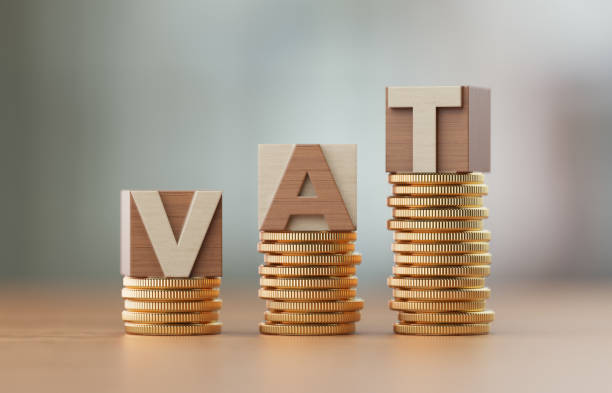




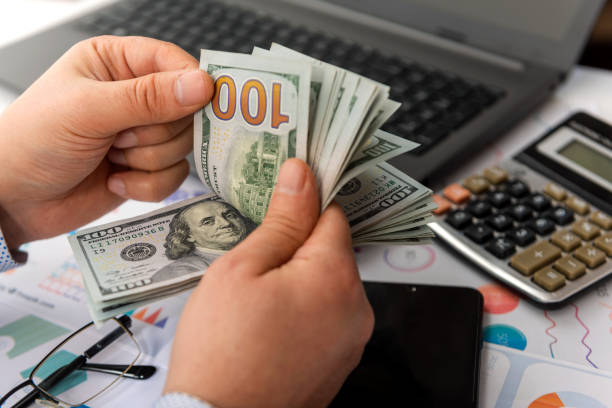


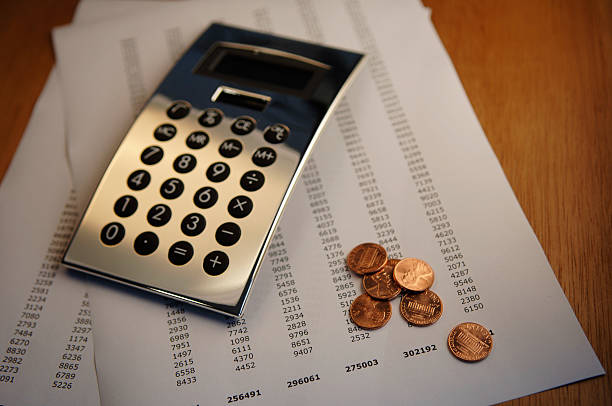

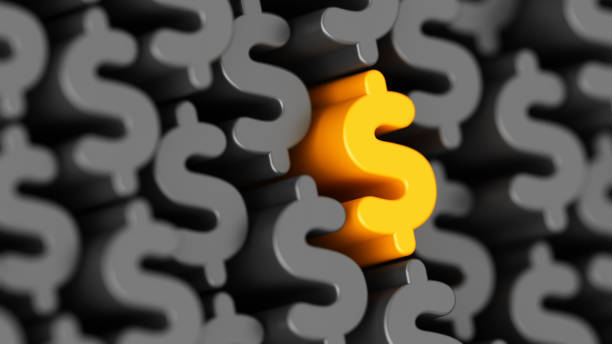



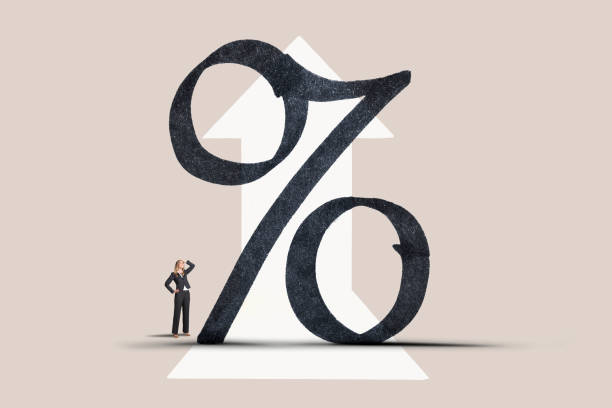



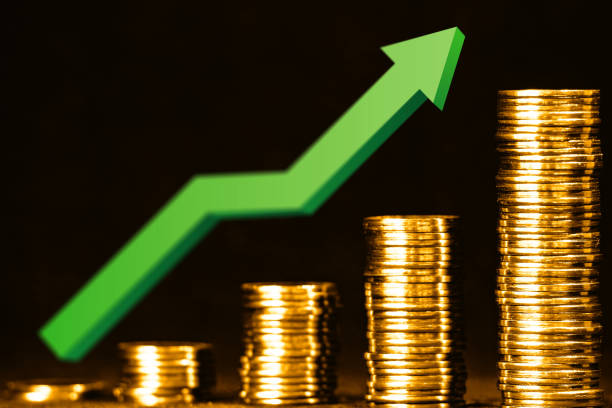
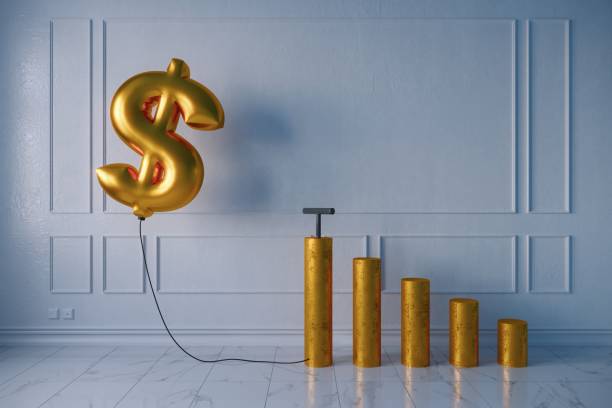
Comments (0)